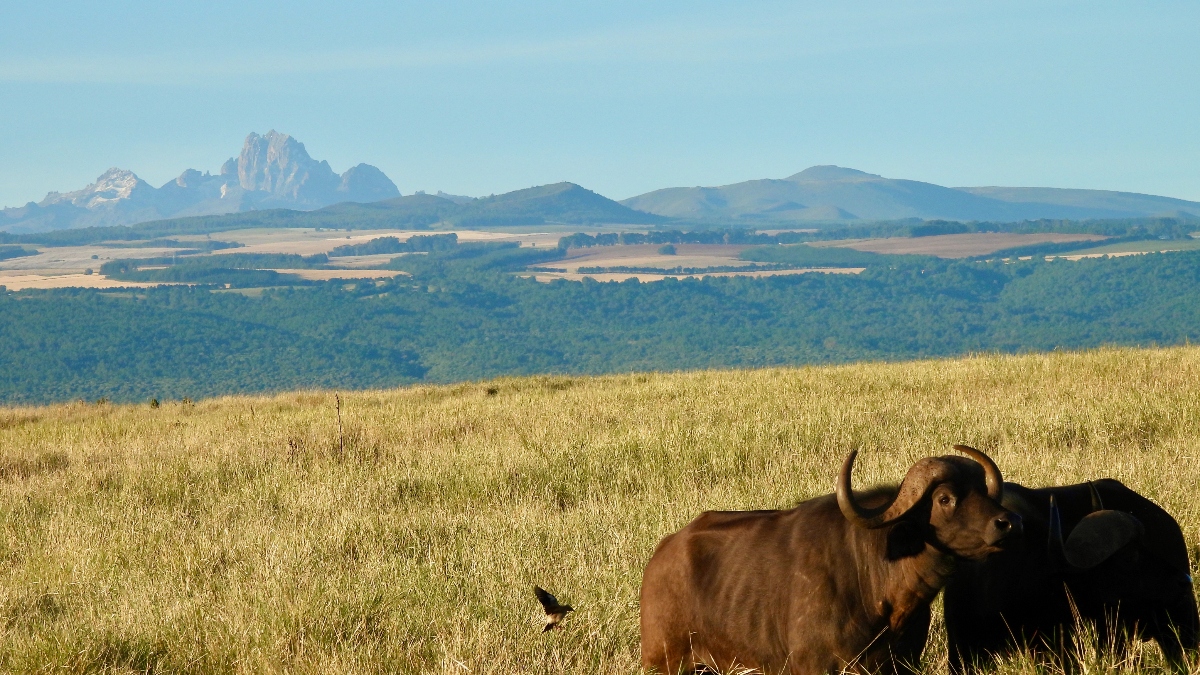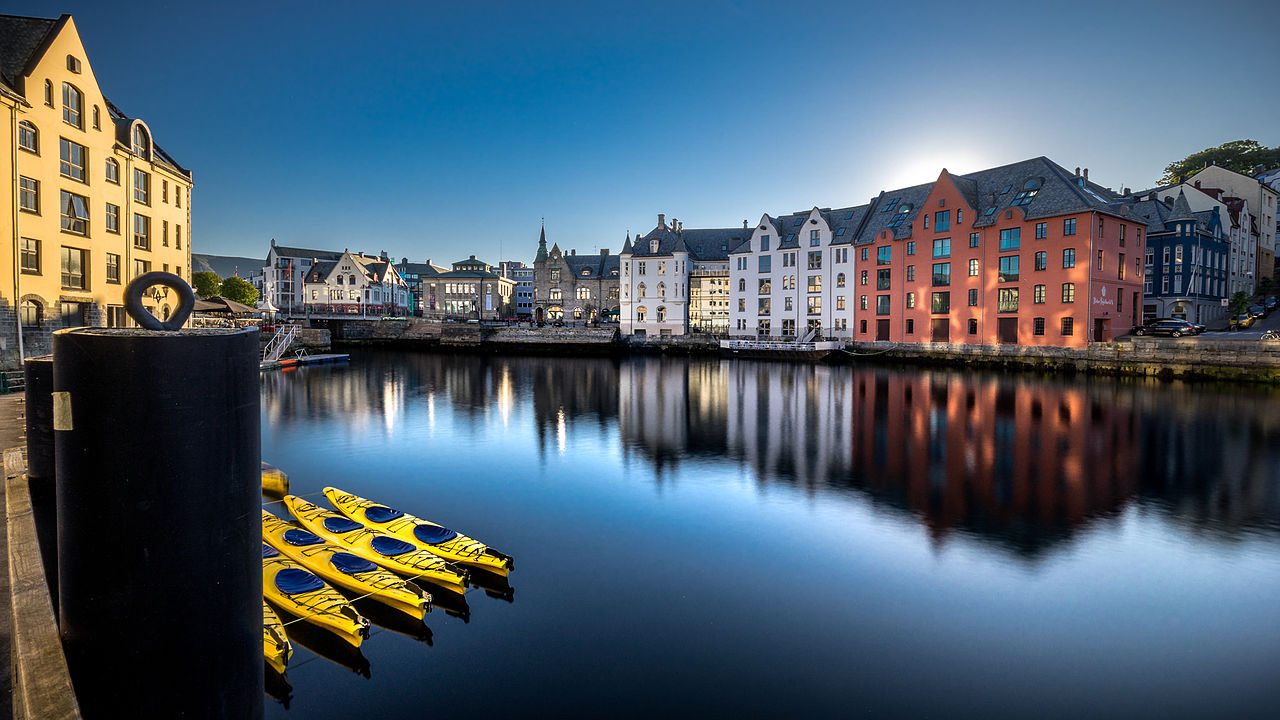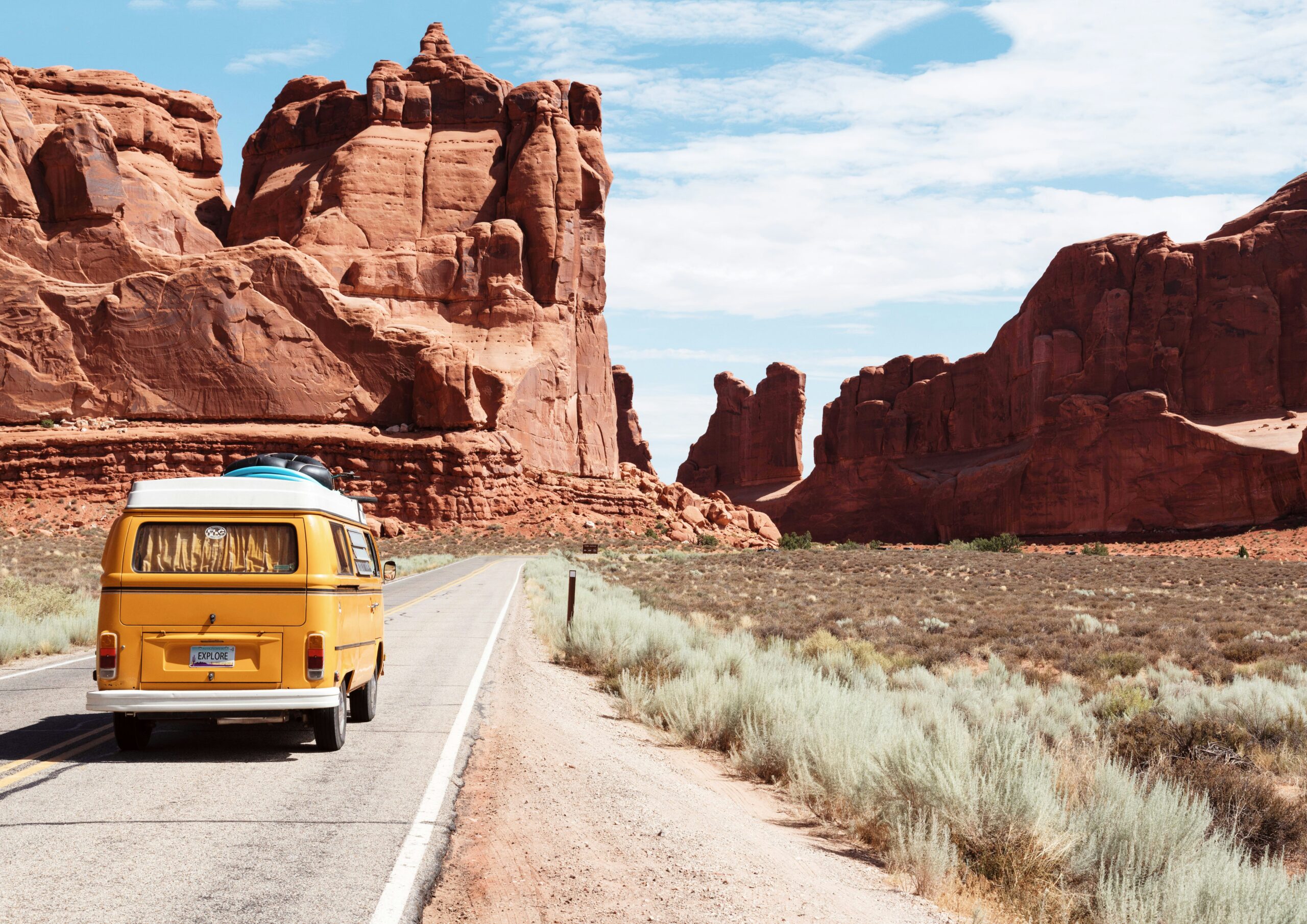What’s the Ideal Content Mix?
What is the ideal mix of content when planning a content strategy for a tourism company? For readers contemplating travel, variety is the spice of life and the content needs to be interesting and inspiring. One of the strong points of your travel product is your operations and logistics. And content teams have sales goals and bosses. So how can a travel content strategist deliver all these requirements?
It’s an easy mistake for us content makers in travel and tourism to lean heavy on sales pitches or itineraries and forget about the supposedly “lighter-weight” content. Readers get bored. Feel pressured from the hard-sell and don’t take the desired action. Or worse yet, they take off and don’t come back. Where’s the magic?
The travel and tourism industry depends upon magic and inspiration to get travelers to buy. But much of the content generated by the travel industry is remarkably tactical and un-magical. Tactics and operations are important to travelers. But there’s a place and time for magic too. Here’s how to mix it up and make sure your travel content appeals to all travelers at the right time.
Robert Rose at the Content Marketing Institute provides an insightful and fun solution to measure the types of content across your program to assure variety, sales mix, and optimal pacing. He posits that every program should contain a mix of these four different types of content:
- Promoter
- Preacher
- Professor and
- Poet
Although there is no “perfect mix,” a robust and effective content program relies on using content appropriate to all customer lifecycles. Your content mix will depend upon your brand, your writing and budget resources, your product, the maturity of your business and customer base, and your typical booking cycle. It should be an iterative process: target a mix that feels good, measure your success, and adjust the mix as you evolve.
This schema provides a memorable and effective way to quantify your content mix and a good way to measure success. Here’s a recap of the different types of content and how to leverage them in your content marketing program for a tourism and travel product.
Promoter
Needs and Wants
The promoter style of content is more pitch-oriented. Examples include promotional communication such as sales sheets and case studies. This approach drives commitment.
Recommended Content:
- Trip itineraries
- Comparison guide listing amenities compared to your competitors
- Pricing tables
- Video case studies/reels for each client/storytelling about successful events
- Traveler testimonials
- Webinar (product-focused)
- Company heritage and history
- Video profiles of tour leaders and staff
Preacher
Discovery and Answers
This form of information is produced and distributed in more of a word-of-mouth fashion. It’s content that is created to help you be found or to evangelize your ideas. Examples include blogging, social media channels, and inbound lead generation tools such as Hubspot. This type builds awareness and drives engagement.
Recommended Content:
- Blog Posts
- User generated content focusing on inspiration and travel experiences
- Curated content from other sources
- Email Newsletter
- Social content
Professor
Interest and Passions
This is content meant to build trust, highlight differentiation, and build relationships. According to Jay Baer, this is “content so good you’d pay for it.” For example, Marketo’s e-books build credibility and trust by teaching readers about marketing execution beyond the capabilities of their product.
Recommended Content:
- Infographics
- Blog Q&As with industry contacts, partners, and clients
- Original research collected through surveys and polls
- In-depth cultural coverage of destinations
- Industry information and statistics
- Travel advice like packing, cultural advice
- Travel agent how to or educational content
- Gated webinars (industry)
Poet
Feelings and Beliefs
Here’s the magic in the travel industry — the transformational and inspirational element of travel content. This is the place to evoke emotion and connect a brand to the audience’s belief system. Examples include communication that elicits an emotional response, such as heartfelt or funny videos and photos. This content can be more difficult to execute but when done right, creates strong emotional affinity to a brand and can spark viral distribution.
Recommended Content:
- Stories about the company and its employees
- Sizzle reels
- Videos
- Inspirational travel content including user generated content
How to Use Them
I just used this structure with a client and think that it will be a great way to measure the content balance. Here are a few examples of how this structure could be used:
- Add types to the editorial calendar for an at-a-glance look for content types used across a specific time period
These categories could be incorporated into email strategies and the regular content cadence to ensure that a company is reaching their audience with a balanced and varied message strategy that prevents readers from getting bored or hammered with product messaging. Nobody wants to watch a TV station that only features commercials.
2. Assign one or more content types to a channel — for example:
- LinkedIn: Professor
- Facebook: Poet and Professor
- X: Preacher and Professor
- Live Events: Promoter
3. Set messaging targets for a specific campaign or audience segment
Variety is the spice of life, even in marketing, so effective campaigns should contain elements of all four varieties, albeit in different ratios depending upon the needs of the audience.
- For example, a CMO campaign could feature 40% Preacher; 20% Professor; 20% Promoter; 10% poet
- An event planner campaign could change to reflect 20% Poet; 20% Preacher; 40% Professor; 20% Promoter
4. Build a nurture campaign with one email featuring each of the content types (and test the order, messaging, and included assets to see how these impact open rates). Here’s how that could play out for a tour operator in an introductory email series:
Email 1: Professor
- Capture their attention with a helpful and relevant piece of educational content, like an in-depth exploration of a destination and culture featured on one of your itineraries
- CTA: Read the blog
Email 2: Preacher
- A roundup of comments and stories from previous passengers in this destination. What did they love? What are their stories?
- CTA: Watch passenger videos
Email 3: Promoter
- Overview of the itinerary and the travel product
- CTA: Order a brochure or download the itinerary
Email 4: Poet
- The behind-the-scenes magic: stories from travel advisors or booking agents about their experiences in this destination
- CTA: Call your travel advisor to hear their stories about this destination. Book now.






